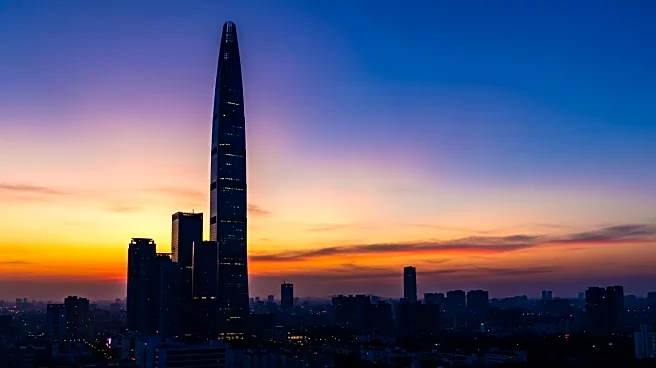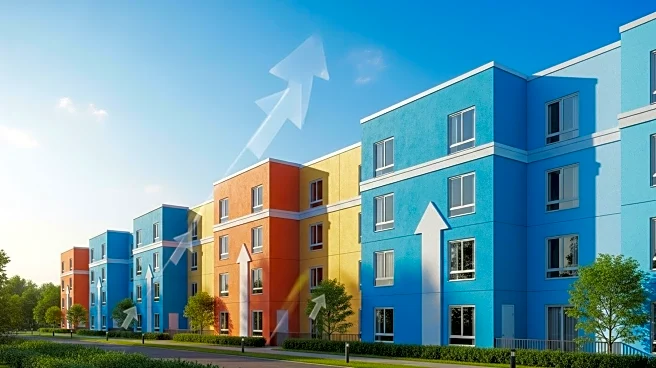What's Happening?
Rents in New York City's wealthiest neighborhoods have surged by over 60% since the onset of the COVID-19 pandemic, according to a Bloomberg News analysis. Areas such as Tribeca and SoHo have experienced the most significant increases, with median asking rents in Tribeca nearing $8,000 per month. This trend has forced even high-earning professionals to struggle with housing affordability. The citywide rent increase of 27% from 2020 to 2024 has outpaced other major cities like Los Angeles and Boston. The rise in rents is attributed to landlords recovering from pandemic-related losses, high interest rates keeping potential buyers in the rental market, and a surge in luxury developments. The number of households earning between $100,000 and $300,000 that spend a third or more of their income on rent has increased significantly, highlighting the growing affordability crisis.
Why It's Important?
The dramatic increase in rent prices in New York City underscores a broader affordability crisis affecting even high-income earners. This trend could have significant implications for the city's economic landscape, potentially driving out middle-class residents and altering the demographic makeup of neighborhoods. The surge in luxury developments and the lack of affordable housing options may exacerbate social inequalities and contribute to a widening gap between wealthy and lower-income residents. The situation also poses challenges for policymakers and city planners who must address the housing needs of a diverse population while balancing economic growth and development.
What's Next?
As the affordability crisis continues, political leaders and housing advocates are likely to push for policy changes to address the issue. Proposals such as rent freezes on stabilized units and increased government subsidies for affordable housing development may gain traction. The upcoming mayoral race could see candidates focusing on housing affordability as a key campaign issue, with potential implications for future housing policies and development strategies in the city.
Beyond the Headlines
The rent surge in New York City highlights deeper systemic issues related to housing affordability and urban development. The focus on luxury developments and the influx of high-income renters may lead to cultural and social shifts in traditionally diverse neighborhoods. Additionally, the economic pressures on middle-class residents could result in increased migration out of the city, affecting local businesses and community dynamics.













